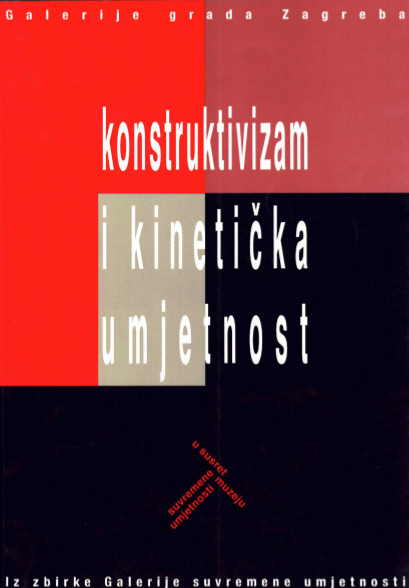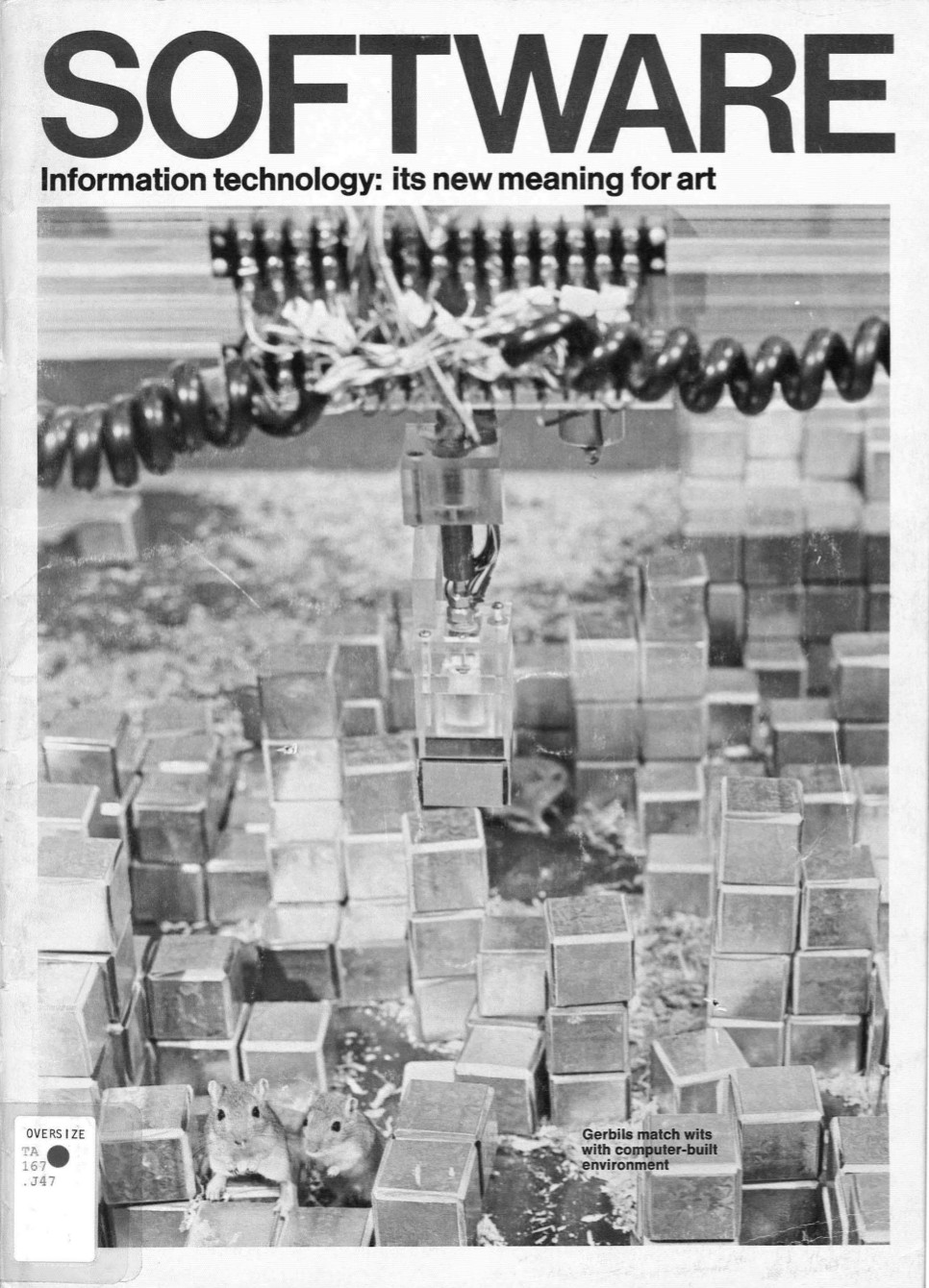Constructivism and Kinetic Art: Exat 51, New Tendencies, catalogue (1995) [English/Croatian]
Filed under catalogue | Tags: · 1950s, 1960s, 1970s, art, computing, constructivism, cybernetics, graphic design, information theory, kinetic art

Catalogue for an exhibition of the works of Exat 51 and New Tendencies from the collection of Gallery of Contemporary Art, Zagreb, Croatia.
Curated and edited by Marijan Susovski
With texts by Leonida Kovac, Marijan Susovski
Publisher City Gallery, Zagreb, June 1995
ISBN 9536043033
154 pages
via Museum of Contemporary Art, Zagreb
Christopher Alex McLean: Artist-Programmers and Programming Languages for the Arts (2011)
Filed under thesis | Tags: · art, code, computing, language, live coding, programming, software, software art, sound recording, synaesthesia, visual programming
“We consider the artist-programmer, who creates work through its description as source code. The artist-programmer grandstands computer language, giving unique vantage over human-computer interaction in a creative context. We focus on the human in this relationship, noting that humans use an amalgam of language and gesture to express themselves. Accordingly we expose the deep relationship between computer languages and continuous expression, examining how these realms may support one another, and how the artist-programmer may fully engage with both.
Our argument takes us up through layers of representation, starting with symbols, then words, language and notation, to consider the role that these representations may play in human creativity. We form a cross-disciplinary perspective from psychology, computer science, linguistics, human-computer interaction, computational creativity, music technology and the arts.
We develop and demonstrate the potential of this view to inform arts practice, through the practical introduction of software prototypes, artworks, programming languages and improvised performances. In particular, we introduce works which demonstrate the role of perception in symbolic semantics, embed the representation of time in programming language, include visuospatial arrangement in syntax, and embed the activity of programming in the improvisation and experience of art.”
Doctoral thesis
Goldsmiths, University of London, October 2011
Supervisor Geraint Wiggins
Co-supervisor Mark d’Inverno
172 pages
Software: Information Technology: Its New Meaning for Art, catalogue (1970)
Filed under catalogue | Tags: · art, computer art, computing, conceptual art, cybernetics, machine, software, software art

Software was a show curated by an artist and critic Jack Burnham for the Jewish Museum in Brooklyn, New York City, 16 September – 8 November 1970, and the Smithsonian Institution, Washington, D.C., 16 December 1970 – 14 February 1971. The show put together computers and conceptual artists, linking them through the idea of software as a process or a program to be carried out by a machine or, why not, by the audience based on “instruction lines” formulated by the artist.
Participating artists: Vito Acconci, David Antin, Architecture Group Machine M.I.T., John Baldessari, Robert Barry, Linda Berris, Donald Burgy, Paul Conly, Agnes Denes, Robert Duncan Enzmann, Carl Fernbach-Flarsheim, John Godyear, Hans Haacke, Douglas Huebler, Joseph Kosuth, Nam June Paik, Alex Razdow, Sonia Sheridan, Evander D. Schley, Theodosius Victoria, Laurence Weiner.
Catalogue coordinator Judith Benjamin Burnham
Publisher The Jewish Museum, 1970
71 pages
via Marina Noronha <3
more about the show (Monoskop wiki)
more about Jack Burnham (Monoskop wiki)
PDF (no OCR, black&white)
Comments (2)
